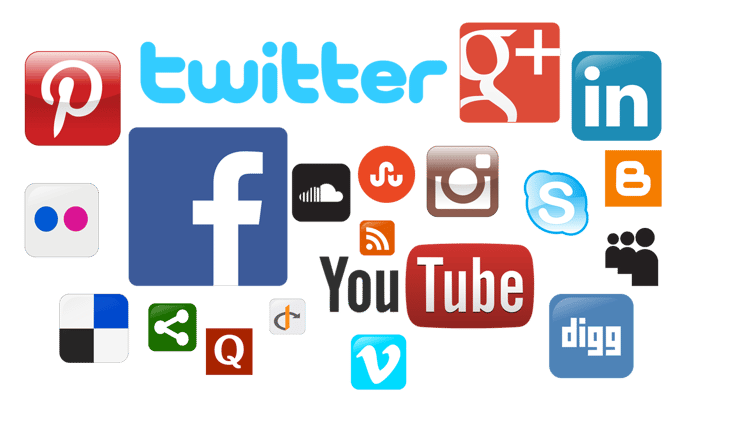A Beginner’s Guide To Social Media For Marketing

Social media is a meal ticket for businesses of all sizes and in all industries. If you are not yet using social media as an active part of your marketing strategy, then you could be missing out on hundreds of potential new customers. On the pages of this blog you will find dozens of articles about different social media platforms and strategies you can adopt to get the best results. But here we’re going back to basics!
If you haven’t yet become a business social media user, then in the next two minutes we will explain what you can do to get started straight away.
The very first thing you should do on social media is get your LinkedIn profile in order. If you have a personal profile, then get this up to date for a start. Join a couple of LinkedIn groups relevant to your industry and location. Then create a company page. This will be your business headquarters on LinkedIn, so make it attractive and populate it with an engaging business description and overview. Be clear about your USP’s and the services your company specialises in. Upload a high definition logo and banner image to give some life to your page, and then get your employees and colleagues to link to the page on their profile.
Facebook is a different proposition to LinkedIn. It is primarily a personal social media platform, so there is a greater distinction between your business and company pages on Facebook than there is on LinkedIn. Nevertheless, you will need a personal Facebook profile in order to set up a company page. Follow Facebook instructions to add a company description, banner and logo. Again, make your content concise, clear and targeted to your audience. The first thing you can do, as a company page on Facebook, is to let your customers and suppliers know you are there by ‘liking’ their own Facebook pages. You can even send them a quick message to say hello.
Start building a Facebook presence by posting interesting content, updates and videos, and sharing links to your blog posts. You can also start using Facebook’s excellent paid ad service to get your brand in front of decision-makers.
A business Twitter account is completely independent of your personal profile. Set up a new account for your business and use all the options Twitter gives you to personalise your page, uploading a logo etc. Brevity is the name of the game with Twitter. You have only 15 characters to generate a Twitter handle, or username, so keep this straightforward so people can find you easily.
You also have space for a 160 character company description. Use this to present a short and clear value proposition. You can also feature a pinned tweet that always stays at the top of your newsfeed. Use this to display important service information or a special promotion.
Plan to tweet regularly if you’re going to use Twitter. By all means schedule some posts using an app like HootSuite, but you should also aim to engage with followers in real-time. You should also start following people as soon as possible. Start by identifying accounts with a high social authority and follow them, as these are likely to be influencers in your industry. They can be a useful source of news, leads and even new business.
Take Social Media Marketing To The Next Level
Once you have set up accounts on the big three social media platforms, you will already have drastically improved your online visibility to your target market. The next step is to use these channels regularly and effectively to cultivate new leads and promote your brand. This takes time and knowledge. Working with JDR lets you integrate social media into an all-purpose marketing strategy tailored to the needs of your company. To find out more about how we can help you, please give us a call or send us an email to request a call back.


